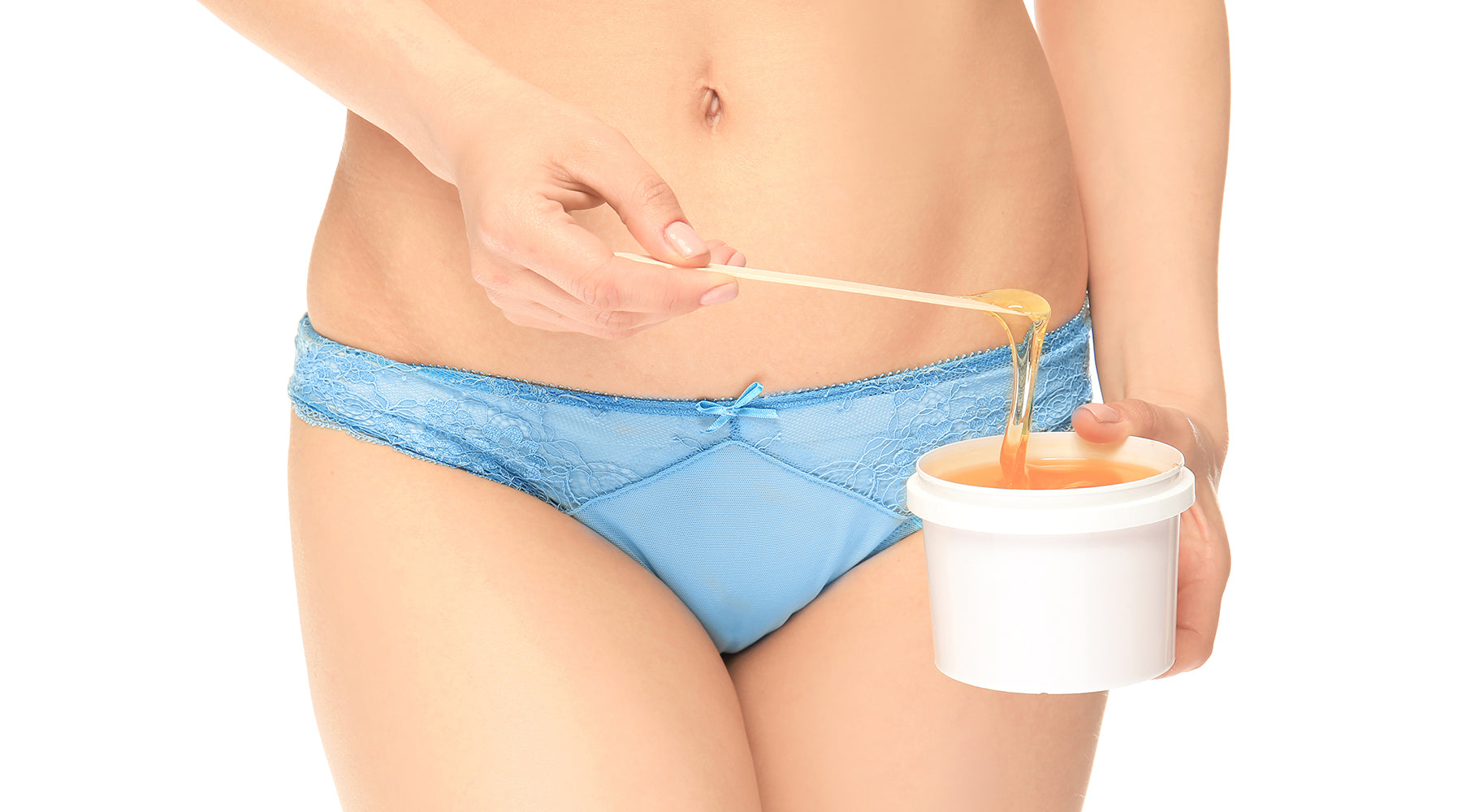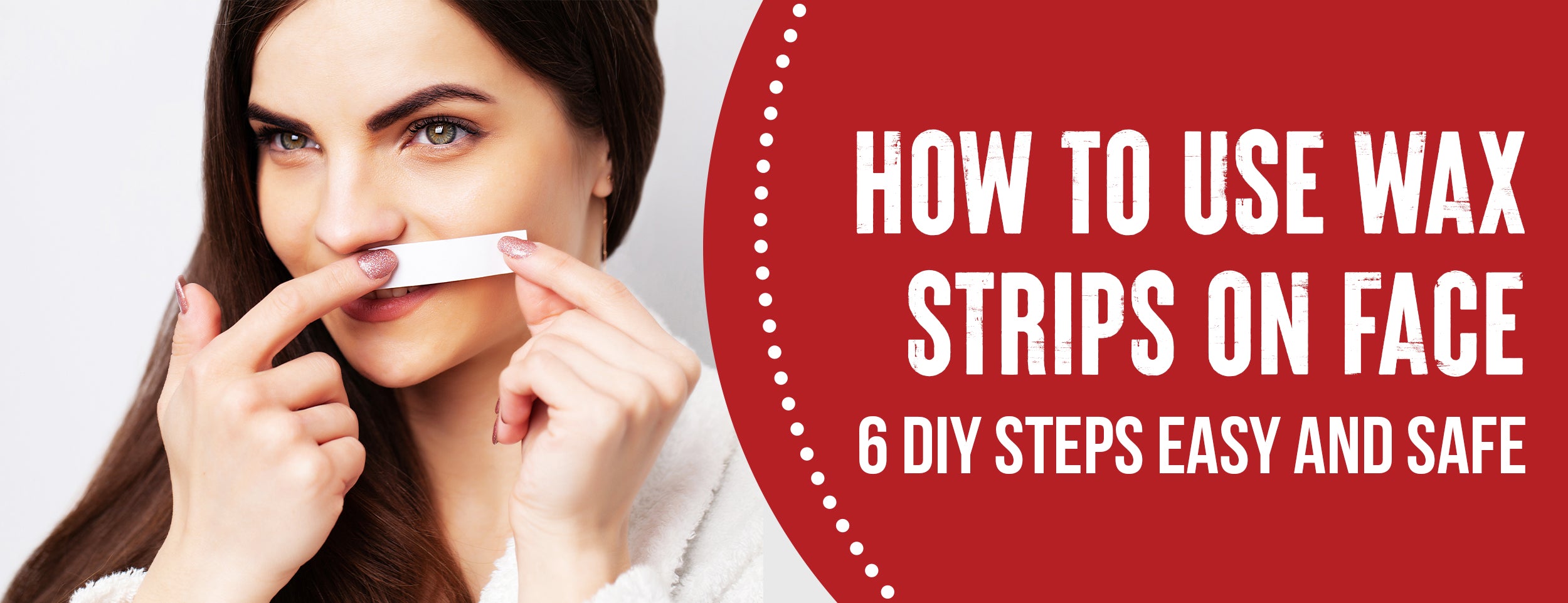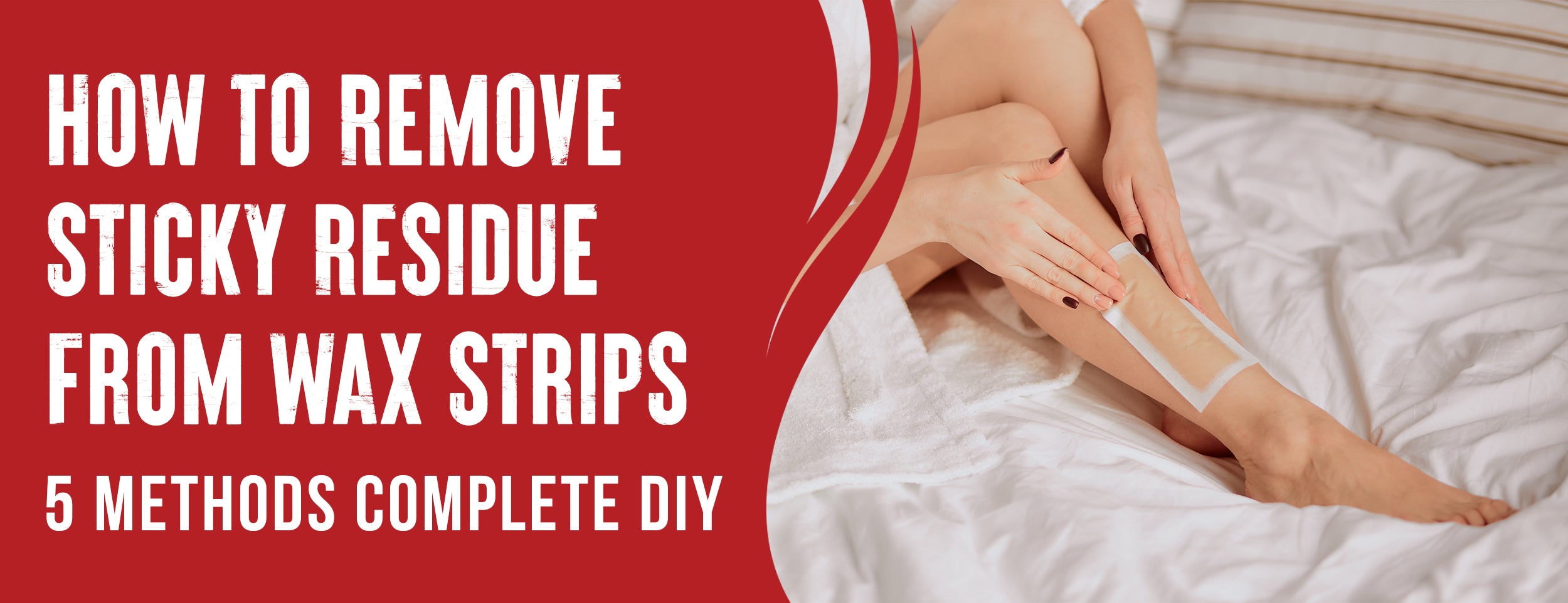First-timers should apply a cold compress to numb the area and minimize pain before waxing. A rose water toner can also ease the pain of the procedure. Don't revert to shaving after waxing.
You're going to feel less discomfort if you go to a professional. Exfoliate the area and dull the nerves before waxing. Also, use a wax that's specifically designed for sensitive skin.
This comprehensive guide will explore helpful tips and tricks for a more pleasant bikini waxing experience.
How to Make A Bikini Wax Hurt Less: 5 Preparation Tips
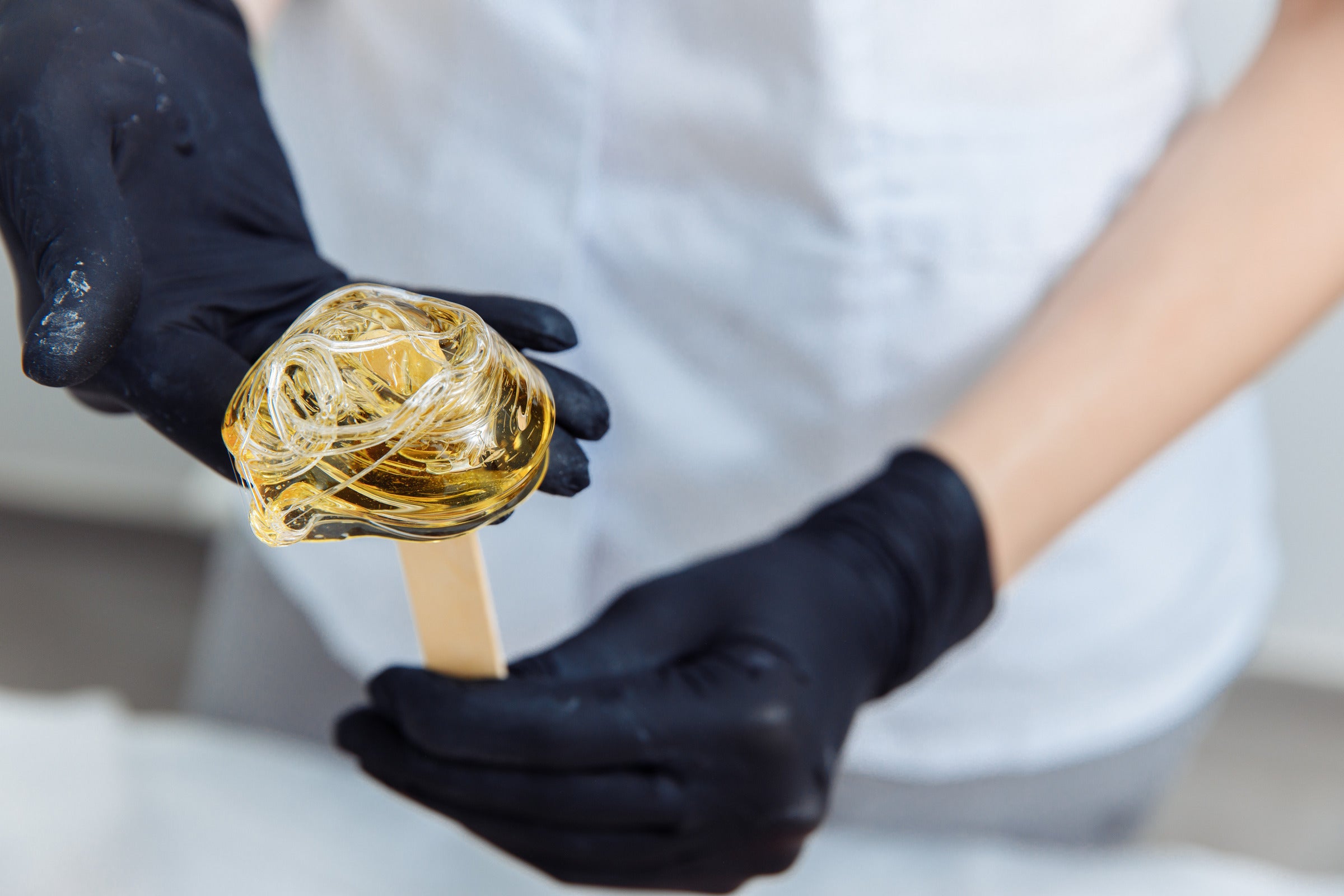
Preparation is crucial to minimize the discomfort associated with bikini waxing. Here are some steps to make a bikini wax hurt less during the preparation phase.
Review Prescription Meds
Prescription medications can affect the body's sensitivity to pain and increase sensitivity. You should consult your healthcare provider before stopping or changing any medication. Here are a few drugs that can affect pain sensitivity:
- Blood thinners.
- Antidepressants or anti-anxiety medications.
- Blood pressure medications.
- Medications that affect the nervous system.
If any of the above medications apply to you, inform your healthcare provider if it is advisable to pause or adjust the medication before your bikini wax appointment.
Avoid Alcohol and Caffeine
Alcohol and caffeine act as stimulants that can increase the body's sensitivity to pain. Avoid alcohol and caffeine at least a day before your appointment.
Stimulants can increase anxiety and sensitivity, making the experience more uncomfortable. Instead, opt for hydrating fluids, such as water or coconut water.

Take a Pain Reliever
A pain reliever like acetaminophen can lessen pain sensitivity. These medications are anti-inflammatory and can assist in decreasing pain, swelling, and redness after the waxing procedure. Always consult the recommended dosage and timing of the drug before use.
Plan Around Your Period
Women's hormones can impact pain tolerance. Pain sensitivity may be more pronounced during the first week of the process, making the bikini wax more uncomfortable. If possible, scheduling your waxing appointment outside of the first week of your cycle is best.
Wear Loose-Fitting Clothes
Wearing tight clothing can increase sensitivity to the bikini area and make the waxing experience more uncomfortable. When preparing for your appointment, wearing loose-fitting clothes that won't chafe or irritate the skin is recommended. Cotton or bamboo, which are breathable fabrics, can also reduce skin irritation.
Bikini Wax Painless: 6 Tips (During Procedure)
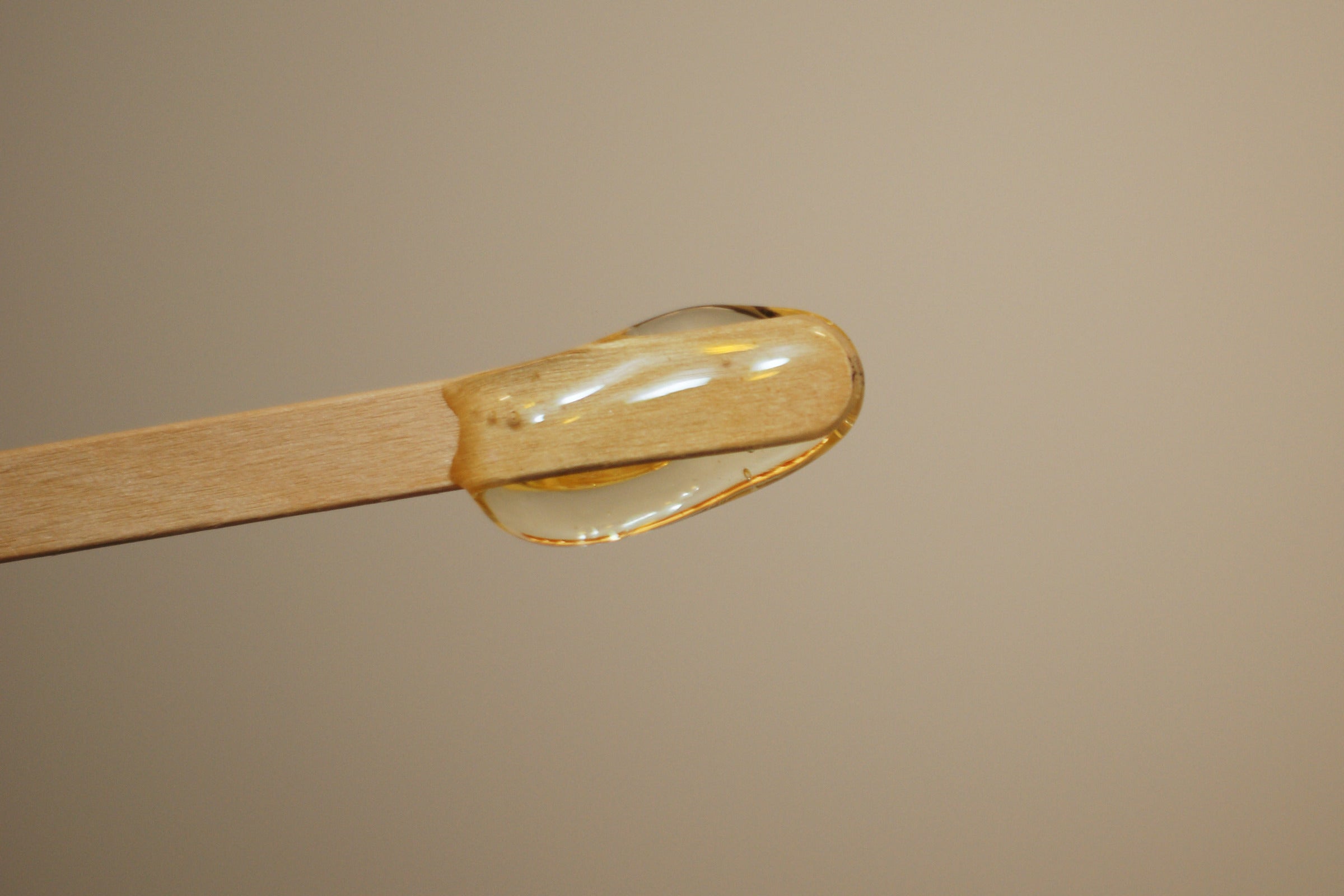
There are ways to reduce the discomfort and make the experience more tolerable. Here are six tips for creating a bikini wax that hurts less during waxing.
Use Hard Wax
Hard wax hardens as it cools, allowing it to be peeled off without using cloth strips. It has several benefits that make it ideal for sensitive areas like the bikini area, including:
- It adheres only to the hair and not the skin, reducing pain and discomfort.
- You're less likely to experience skin irritation or inflammation.
- It's easier to control and apply precisely to the target area.
Wait Long Enough Between Waxes
Waiting long enough between waxing sessions is essential to give your hair enough time to grow back correctly. Adequate hair growth makes it easier for the wax to grip the hair, reducing any pain associated with the process.
Moisturize and Exfoliate
Moisturizing and exfoliating the bikini area before waxing can help prepare the skin and reduce the pain associated with waxing. Here are some tips:
- Gently scrub or washcloth the area a few days before waxing to help remove dead skin cells.
- Apply a moisturizer or oil to the area a few hours before waxing. Dry, dehydrated skin can make the experience more painful.

Apply Numbing Cream
You can use over-the-counter numbing cream to help ease waxing pain. A numbing agent works by reducing the sensation of pain. Apply the cream to the area you plan to wax about 20-30 minutes before the procedure for the best results.
Focus On Your Breathing
You can use deep breathing techniques to distract yourself from the pain and discomfort of the waxing process. Slowly inhale and exhale through your mouth. Remember to keep your breaths slow and steady.
Work Quickly
Working quickly can help lessen the pain of the bikini waxing procedure. The longer it takes to complete the waxing process, the more discomfort you may experience. A skilled esthetician who works quickly will minimize discomfort during the procedure.
Bikini Wax Pain Relief: 6 Aftercare Tips

Proper aftercare is crucial to make a bikini wax as painless as possible. The waxing procedure can leave the skin feeling sore, sensitive, and even prone to infection. Here are some tips for taking care of your skin post-wax:
Exfoliate with a Serum or Scrub
Exfoliation is a crucial step in any post-waxing routine. Waxing removes hair at the root, exposing the hair follicles. Dead skin cells can easily clog these openings, leading to ingrown hairs. Exfoliators such as scrubs or serums help prevent ingrown hairs. Here are some points to consider:
- Use a gentle exfoliator to avoid irritating the delicate skin.
- Choose an exfoliator that contains natural ingredients like sugar or salt.
- Exfoliate two days after waxing.
Soothe and Moisturize the Area
Waxing can leave the skin feeling raw and irritated. It is essential to soothe and calm the area with post-waxing products that help to reduce redness and inflammation. Keep your skin moisturized, soft, and healthy. Here are some recommended post-waxing products:
- Skin is soothed and cooled by aloe vera gel.
- Tea tree oil to prevent infection and soothe the skin.
- Witch hazel to reduce inflammation and minimize redness.
- Non-comedogenic moisturizer to keep the skin hydrated.
Avoid Heat
Avoiding heat after waxing is essential to allow the skin to heal and prevent irritation. Heat can lead to increased inflammation and sensitivity. Here are some things to remember:
- Avoid sunbathing, tanning beds, hot showers, or steam rooms after waxing.
- Clothing should be loose-fitting so the skin can breathe.
- Cool compresses can reduce pain and inflammation.
Turn to Professionals
While at-home waxing kits can be easy to use and affordable, turning to a professional for a bikini wax is recommended. Professionals have more experience and can reduce pain and risk. They can also help you achieve the best results. Here are some benefits of undergoing a professional waxing procedure:
- Proper sanitation practices to prevent infection.
- Use of high-quality wax that is gentle on the skin.
- Expertise in dealing with different skin types and textures.
- Minimizing pain through proven techniques and methods.

Make Sure You're Hairy Enough
Before scheduling your next waxing appointment, ensuring that your hair has grown long enough is essential. Waxing on hair that is too short can result in breakage and increased pain. Hair that is too long can make the waxing process more difficult. Here are some guidelines to follow:
- Wait at least four weeks after your last wax to schedule another appointment.
- Make sure hair is at least a quarter inch long before waxing.
- Avoid shaving between appointments to allow hair to grow to the correct length.
Avoid Caffeine
Stimulants such as caffeine can increase sensitivity and lead to increased pain following a wax. Consider these points:
- Avoid consuming caffeine or alcohol at least 24 hours before your appointment.
- To reduce inflammation and stay hydrated, drink plenty of water.
- Consider taking over-the-counter pain medication like ibuprofen before your appointment to reduce pain.
Conclusion
Bikini waxes should not have to be a painful experience. Pain can be reduced and managed with some preparation and care. By following our comprehensive guide, you are guaranteed to experience minimal discomfort during your bikini wax.
Preparation is critical, and knowing what to expect during the procedure can help reduce your anxiety, which, in turn, can lessen the pain. So, try these tips and see which ones work best for you. It’s time to stop dreading bikini waxes and embrace them as part of your routine.








